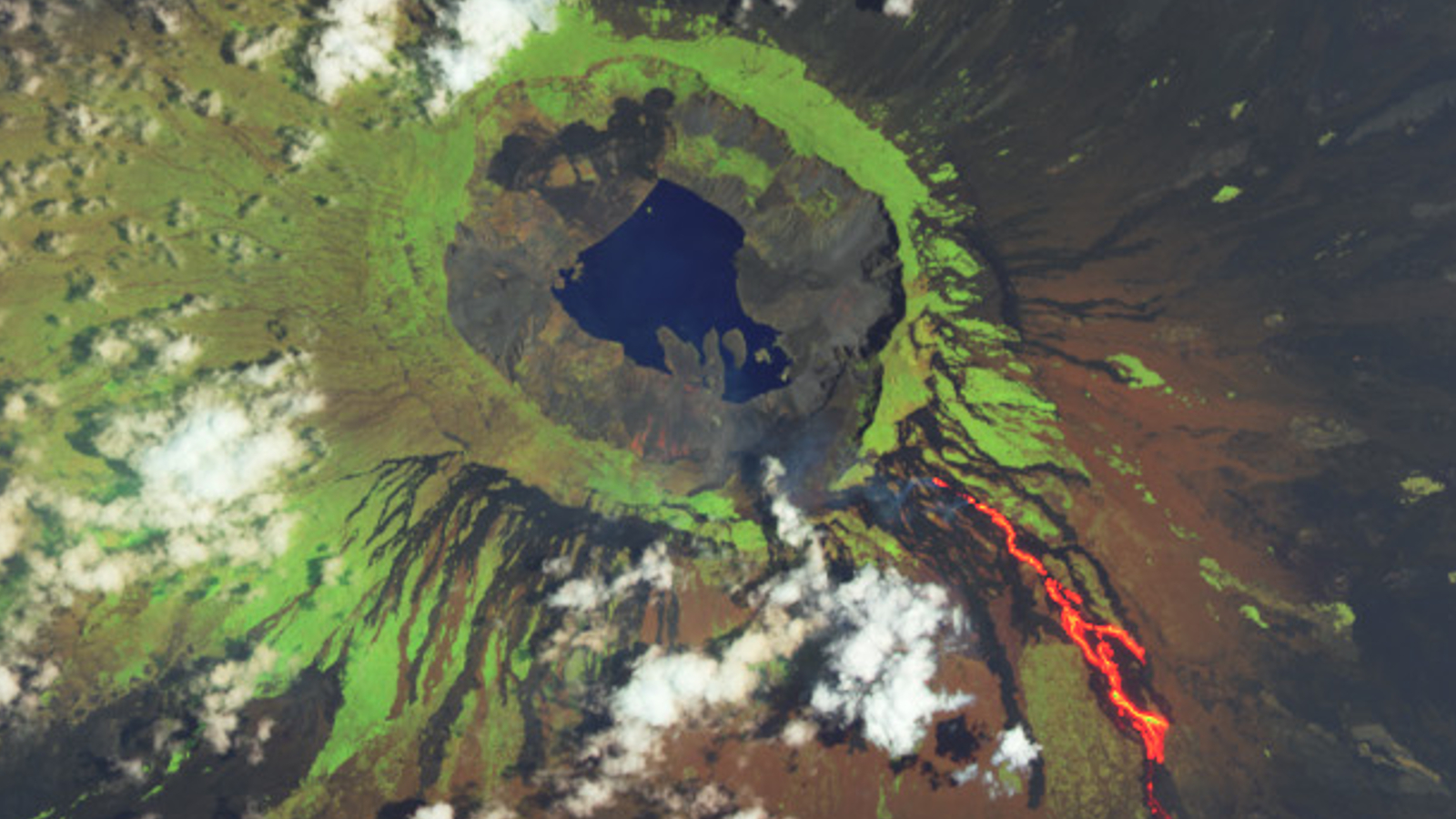Biology, Vol. 12, Pages 870: ALM Therapy Promotes Functional and Histologic Regeneration of Traumatized Peripheral Skeletal Muscle
Biology doi: 10.3390/biology12060870
Authors: Nina Sarah Hoeger Thomas Mittlmeier Brigitte Vollmar Ioannis Stratos Geoffrey P. Dobson Robert Rotter
Skeletal muscle trauma is a common injury with a range of severity. Adenosine, lidocaine and Mg2+ (ALM) is a protective solution and improves tissue perfusion and coagulopathy. Male Wistar rats were anesthetized and subjected to standardized skeletal muscle trauma of the left soleus muscle with the protection of the neurovascular structures. Seventy animals were randomly assigned to saline control or ALM. Immediately after trauma, a bolus of ALM solution was applied intravenously, followed by a one-hour infusion. After 1, 4, 7, 14 and 42 days, the biomechanical regenerative capacity was examined using incomplete tetanic force and tetany, and immunohistochemistry was used to examine for proliferation and apoptosis characteristics. Biomechanical force development showed a significant increase following ALM therapy for incomplete tetanic force and tetany on days 4 and 7. In addition, the histological evaluation showed a significant increase in proliferative BrdU-positive cells with ALM therapy on days 1 and 14. Ki67 histology also detected significantly more proliferative cells on days 1, 4, 7, 14 and 42 in ALM-treated animals. Furthermore, a simultaneous decrease in the number of apoptotic cells was observed using the TUNEL method. ALM solution showed significant superiority in biomechanical force development and also a significant positive effect on cell proliferation in traumatized skeletal muscle tissue and reduced apoptosis.

 10 months ago
21
10 months ago
21


